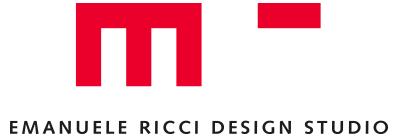FLEXIBLE LCD
MATERIAL WORLD, DOMUS n 892 May 2006
What are you?
A family of flexible electronic displays. There are three main types: FOLEDs (Flexible Organic Light-Emitting Diodes), who consist of a number of light-emitting diodes mounted on a film-like support; LCDs (Liquid Crystal Display), which can also be mounted on thin, flexible, transparent film; and ELECTRONIC INK, a particular type of film containing positively or negative charged micro-particles the diameter of a human Hair in a transparent fluid medium.
Microscopic, localised magnetic fields allow information to be displayed on the screen by these particles.
What do you do?
We can be rolled up to a diameter of just 4 cm, and we are also less fragile than rigid displays. In the case of electronic ink, our energy consumption is extremely low because there is no need for backlighting.
Who invented you?
In 1971 two Swiss, Wolfgang Helfrich and Martin Schadt, built the first backlit display (called the “ Twisted Nematic Display”) using viscous fluids discovered in 1888 by the botanist F. Reinitzer. In the 1980, Kodak began experimenting with diodes that light up individually (Organic-Emitting Diodes), which offer better image quality
What are you used for?
For the moment, FOLED are to be found only in experimental prototypes. Flexible LCD displays are used mostly in sports watches, and e-ink is at present use
In low-consumption wall-mounted displays and clocks.
What would you like to do?
Display built into the windscreens of the cars… computers that can be rolled up like parchments…system for dynamically regulating the penetration of daylight into buildings while displayng information… electronic wallpaper… windows that work as TVs…
Who makes you?
www.eink.com , www.softpixel.co.kr , www.philips.com , www.sid.com , www.universaldisplay.com , iRex Technologies, www.ferrania.it
Emanuele Ricci




